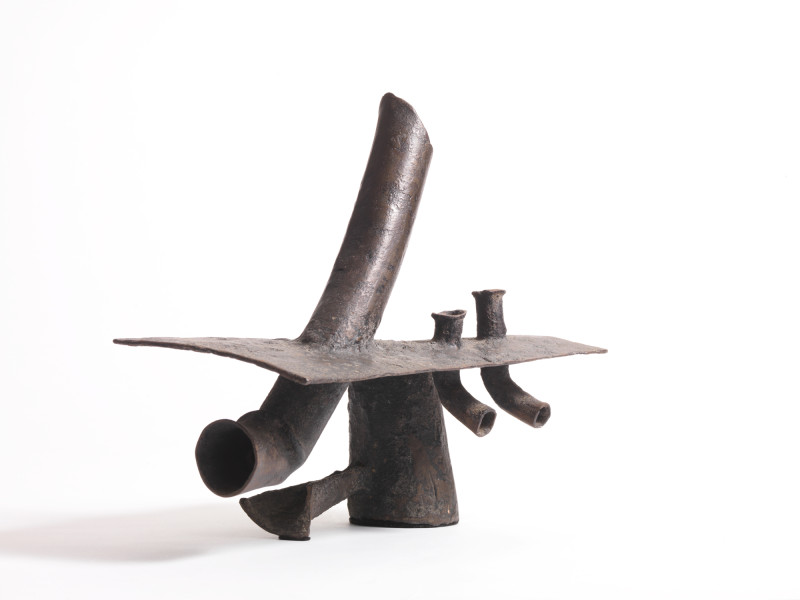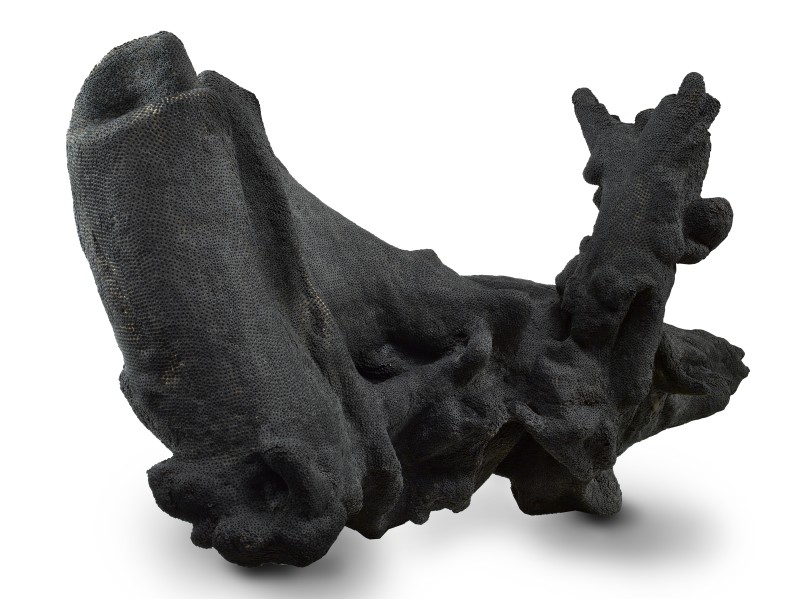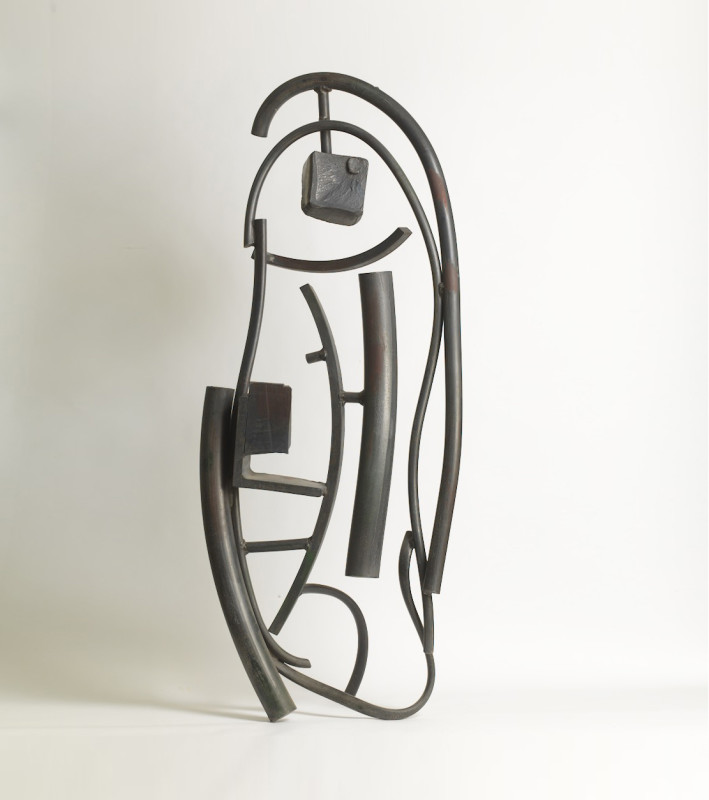|
Welcome to #4 in our series of Sculptors' Materials. We hope you enjoy it!
Steel is made up of 98 - 99% iron concentrate, the rest is carbon. So in order to understand steel, we must first look at iron.
Billions of years before humans walked the earth, the earliest from of iron came from meteors which struct the earth's surface, over thousands of years humans have worked this metal, eventually learning how to draw iron from the earth and, through using heat, fashion it into steel.
Steel is roughly 1000 times stronger than iron in its purest form. It can also be recycled endlessly and never lose any of its strength.
Without the development of steel our buildings, bridges and railways would not be what they are today, and yet it was not until the1850s that a way to mass produce steel was discovered thanks to British Engineer Henry Bessemer. However, Bessemer’s machines, known as the Bessemer Convertor, contained a fault that produced brittle steel until a young Welsh chemist, Sidney Gilchrist Thomas, found that by lining the machine with a lime-based lining instead of clay, steel could be produced in its purest form. Thomas’s discovery in 1878 allowed steel works to produce an astounding 5 tonnes of steel in 20 minutes. And so, the steel revolution was born!
Before then, steel production was slow and expensive. The material was reserved only for making armour and weapons. In 13th century Japan with the Katana blade was considered the greatest hand produced steel in the world. The Katana, a single curved steel blade, stands as a symbol for samurai culture.
This slim curved blade not only allowed warriors to kill in one swift movement, the shine of the metal was said to warn off evil spirits. These swords are now treasured heirlooms passed down through generations.
|








